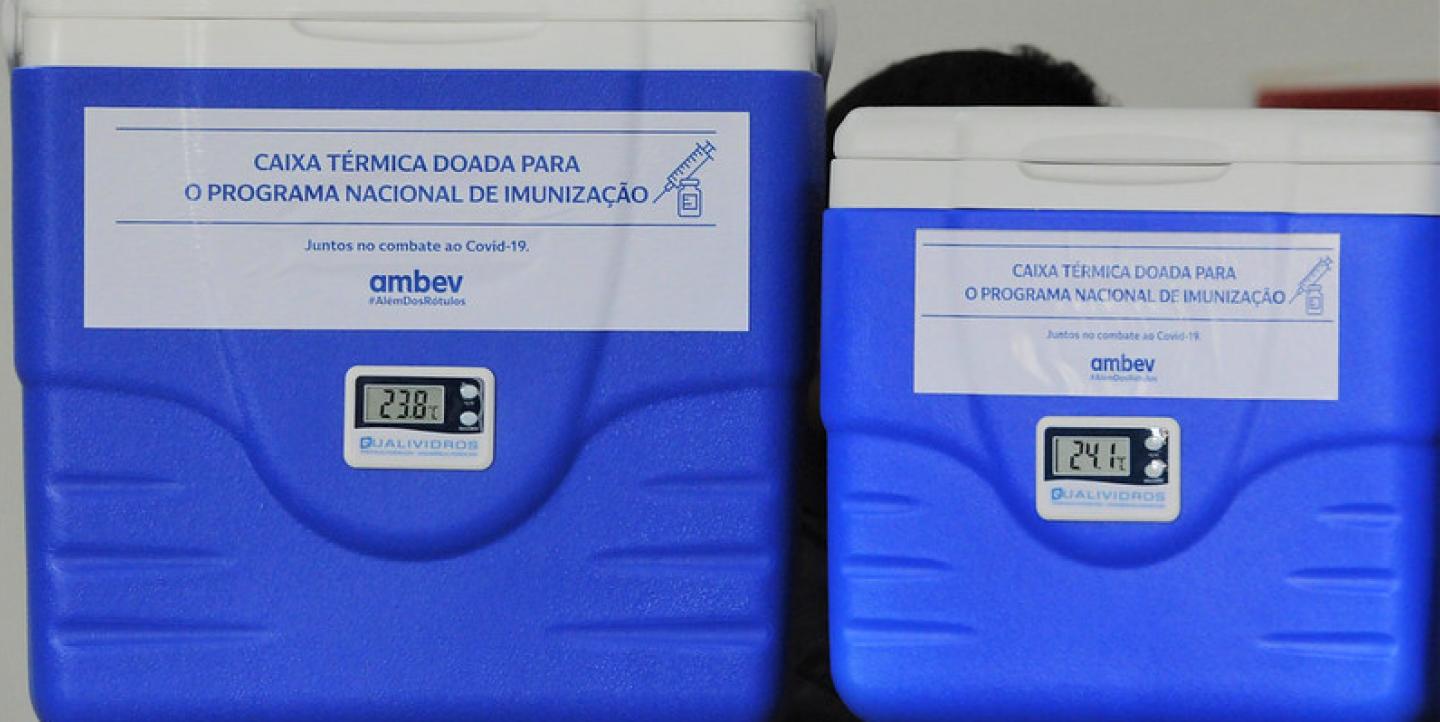News about the COVID-19 vaccines and vaccination efforts has taking center stage in media across the world. Unfortunately, larger national and international outlets often fail to include reporting on smaller towns and communities outside large metro areas in their coverage.
At a time when information can save lives, it is important to show how global issues will affect local life.
In 2019 — even before the pandemic — vaccine hesitancy was listed by the World Health Organization as one of 10 major threats to global health. “Never before have people been so interested in the origin of the vaccines or how the tests were done. Today we have to report on all this, and we need to do science journalism,” said journalist Alice de Souza, coordinator at Énois, a nongovernmental organization that focuses on local news in underreported communities in Brazil.
Local media can respond to specific concerns that people may have, such as when the vaccine will arrive in their neighborhoods, how to make sure they will be next in line, how well vaccination campaigns are unfolding, and so on. Local journalists must also rely on science to produce relevant, straightforward, life-centered stories for people living in news deserts.
[Read more: Tips to report on vaccine hesitancy]
To assist in this task, we compiled advice for news organizations that directly serve neighborhoods and local communities. These tips were shared at the event “How to talk to your audience about vaccines,” organized by Énois. Taking part were Jéssica Pires, a journalist at Redes da Maré and AMaréVê, in the Maré favelas in Rio de Janeiro; and journalist Ana Ávila, editor at Sul21, in Porto Alegre. Énois also launched a guide in Portuguese on the same topic.
(1) Engage your audience
People have a lot of questions about the vaccines. Take advantage of this opportunity to have your content answer them.
As you do so, pay attention to what your audience is saying on social media. Sul21 has a staff member that focuses on social media, explained Ávila. This has helped the newsroom understand their readers' needs.
“The listening process is in all of our work," added Pires. "We are very close to a group of people who live in the community — people who work at Rede da Maré and are talking about coronavirus directly with [the favela] residents. They give tips on sources and help us distribute the content."
(2) Identify the best methods of distribution
There is no point in publishing important content about the vaccines on a streaming channel if your audience has difficulty connecting to the internet.
Maré de Notícias created a podcast to talk about pandemic-related issues, including the vaccination efforts. To facilitate access to the content, the episodes — in addition to being featured on streaming platforms — are forwarded as WhatsApp audio files, which helps reach people who lack strong internet connection. Some local businesses also play audio on speakers they have on site, which helps reach residents offline.
Sul21 has created WhatsApp groups to disseminate their content, including a channel dedicated to the novel coronavirus. The newsroom has also held live events to reach their audience. These efforts increased their readership, explained Ávila, noting that Sul21 distributed content in more traditional ways in the past.
[Read more: Tips for journalists reporting on COVID-19 vaccines]
(3) Feature local sources
Incorporating the voices of local residents can greatly enrich reporting on the vaccination efforts.
People want to see themselves represented in the media. Hearing from someone who lives in their own neighborhood talking about a topic ca generate a sense of identification among your audience, as well as a greater interest in consuming and sharing the content.
(4) Adopt the language of your audience
Health experts cannot be left out of your coverage. During interviews, think about your audience's concerns when deciding on which questions to ask. Produce your reporting using accessible language, without underestimating your readers' ability to understand the material.
(5) Invest in underreported topics and subjects
Think about how more general themes can be explored locally. Sul21 tries to look for topics that are underreported by the mainstream media in its region, for example.
Think of partnerships and projects that will offer new content for your local journalism project, too. While everyone is talking about vaccines, look for holes in the news.
Jeferson Batista is a Brazilian journalist and anthropologist. Based in Campinas, São Paulo, he works as a freelancer for different outlets and tells stories about science, religion, diversity and human rights.
This article was originally published by our Portuguese site. It was translated to English by Renata Johnson.
Main image CC-licensed on Flickr via Lúcio Bernardo Jr/Agência Brasília.


